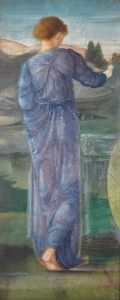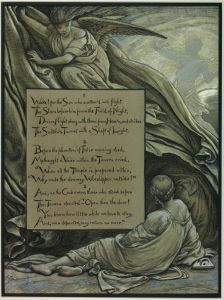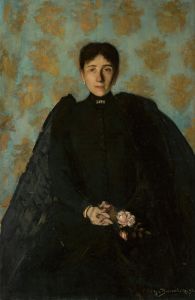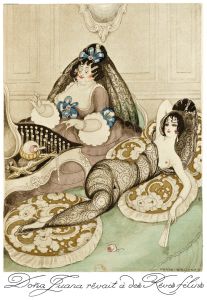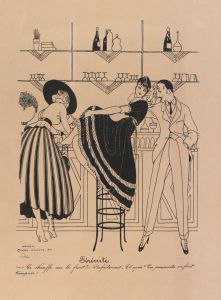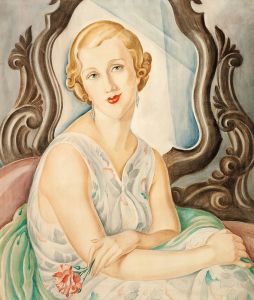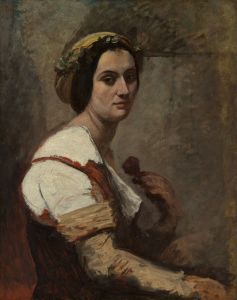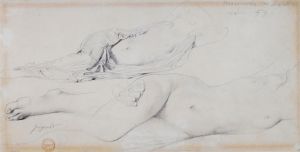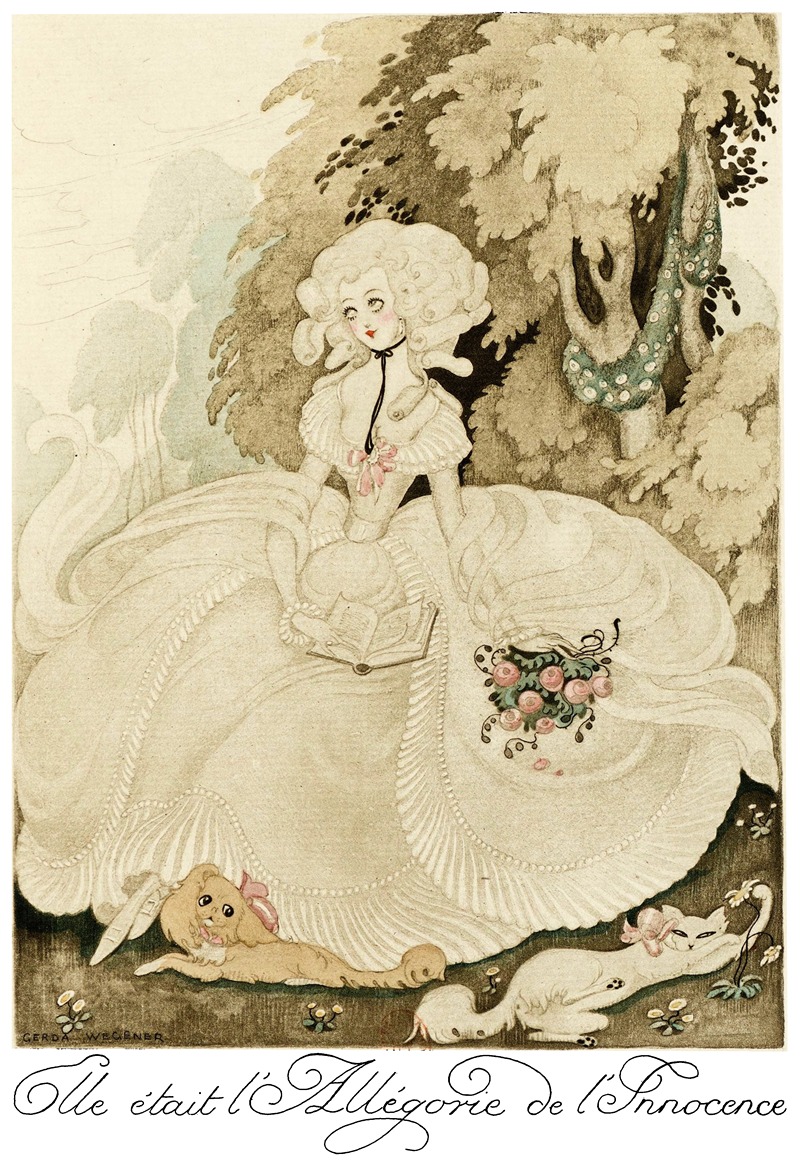
Sur talons rouges pl 09
A hand-painted replica of Gerda Wegener’s masterpiece Sur talons rouges pl 09, meticulously crafted by professional artists to capture the true essence of the original. Each piece is created with museum-quality canvas and rare mineral pigments, carefully painted by experienced artists with delicate brushstrokes and rich, layered colors to perfectly recreate the texture of the original artwork. Unlike machine-printed reproductions, this hand-painted version brings the painting to life, infused with the artist’s emotions and skill in every stroke. Whether for personal collection or home decoration, it instantly elevates the artistic atmosphere of any space.
Gerda Wegener was a Danish painter and illustrator known for her vibrant and often provocative works that challenged the norms of her time. Born on March 15, 1886, in the small town of Hammelev, Denmark, Wegener moved to Copenhagen to study at the Royal Danish Academy of Fine Arts. Her career flourished in the early 20th century, particularly in Paris, where she became a prominent figure in the art scene.
Wegener is best known for her portraits and illustrations that often featured elegant and fashionable women, characterized by their bold colors and Art Deco influences. Her work was celebrated for its sensuality and its ability to capture the essence of femininity and beauty. One of her most famous subjects was her spouse, Lili Elbe, one of the first known recipients of gender confirmation surgery. Wegener's depictions of Elbe are among her most renowned works, highlighting both her artistic talent and her progressive views on gender and identity.
"Sur talons rouges pl 09" is one of Wegener's many works that exemplifies her unique style and thematic focus. While specific details about this particular piece are limited, it is consistent with Wegener's broader oeuvre, which often explored themes of gender, identity, and beauty. Her works frequently featured women in various states of dress and undress, often in intimate or provocative poses, challenging the conservative norms of early 20th-century society.
Wegener's art was heavily influenced by the Art Nouveau and Art Deco movements, characterized by their decorative styles and emphasis on elegance and modernity. Her use of color was particularly notable, often employing bold and vibrant palettes that brought her subjects to life. This approach not only made her work visually striking but also helped convey the emotional depth and complexity of her subjects.
Throughout her career, Wegener's work was featured in numerous exhibitions, and she received several awards for her contributions to the arts. Despite facing criticism and controversy due to the provocative nature of her work and her personal life, Wegener remained a celebrated figure in the art world. Her ability to capture the fluidity of gender and the beauty of the human form continues to resonate with audiences today.
Wegener's legacy is also closely tied to her relationship with Lili Elbe, whose life and transformation were later depicted in the book "Man into Woman" and the film "The Danish Girl." This connection has brought renewed interest in Wegener's work, highlighting her as a pioneering figure in both the art world and the broader cultural discourse on gender and identity.
In summary, while specific information about "Sur talons rouges pl 09" is limited, it is representative of Gerda Wegener's broader artistic contributions. Her work remains influential, celebrated for its boldness, beauty, and its challenge to societal norms. Wegener's art continues to be studied and appreciated for its historical significance and its enduring impact on contemporary discussions of gender and identity.





